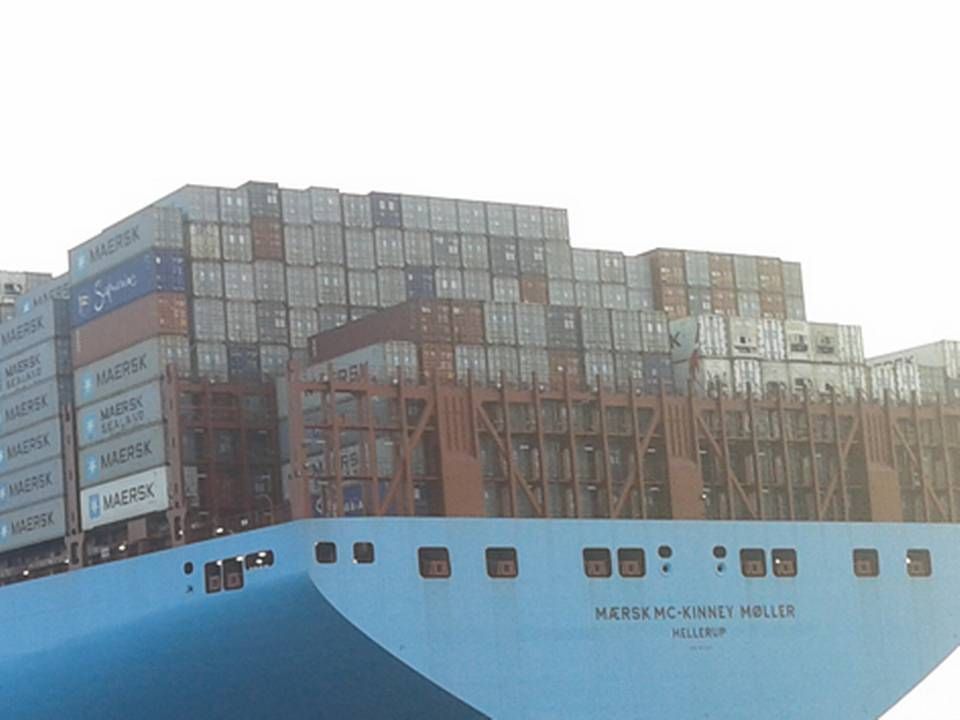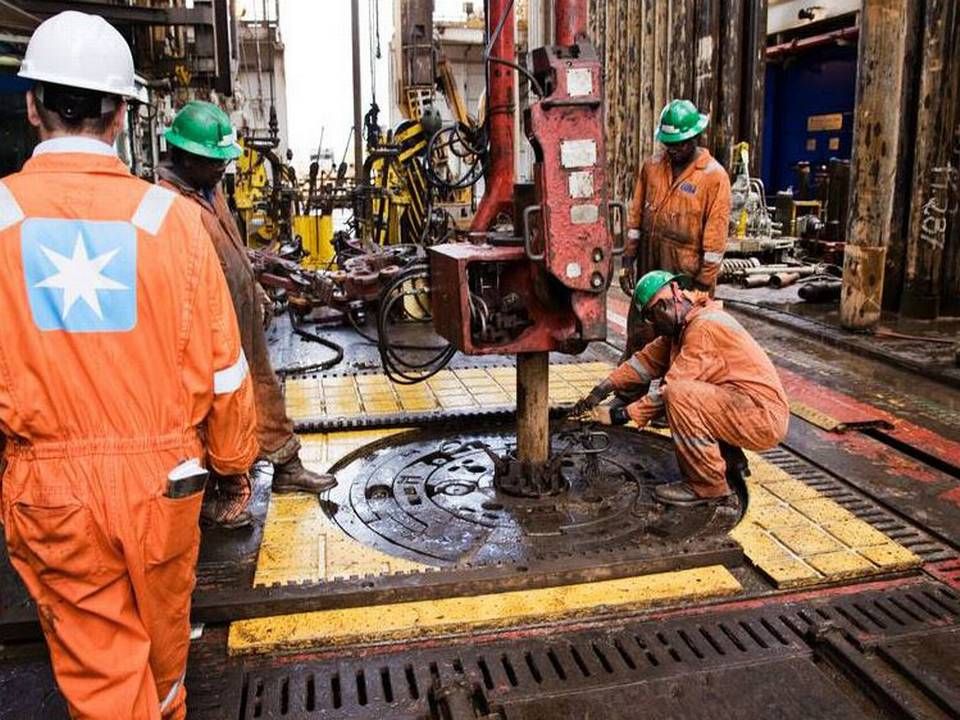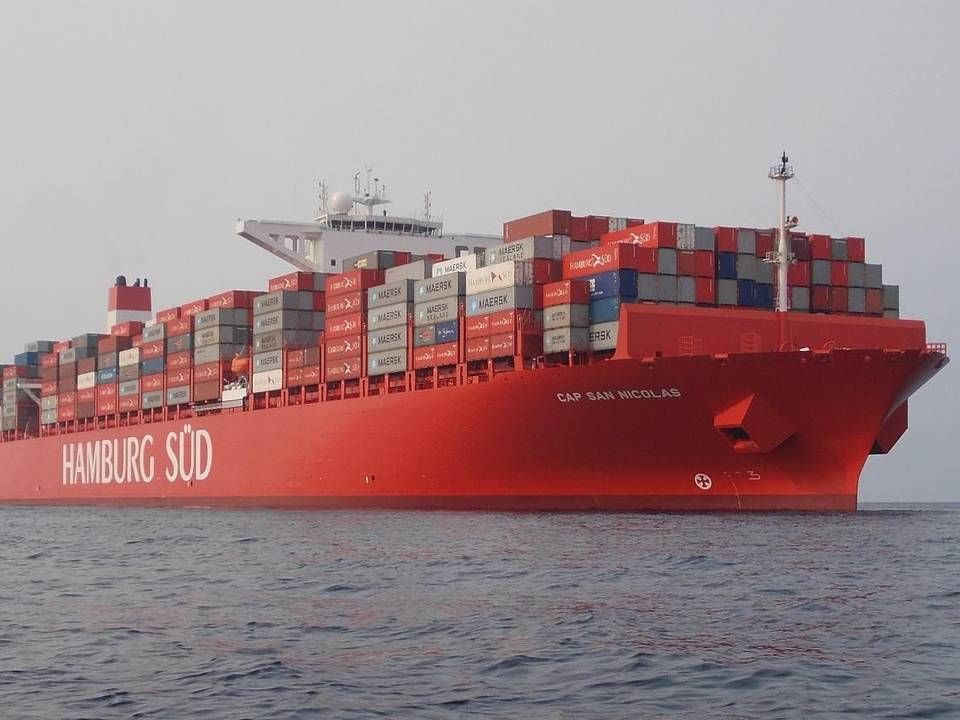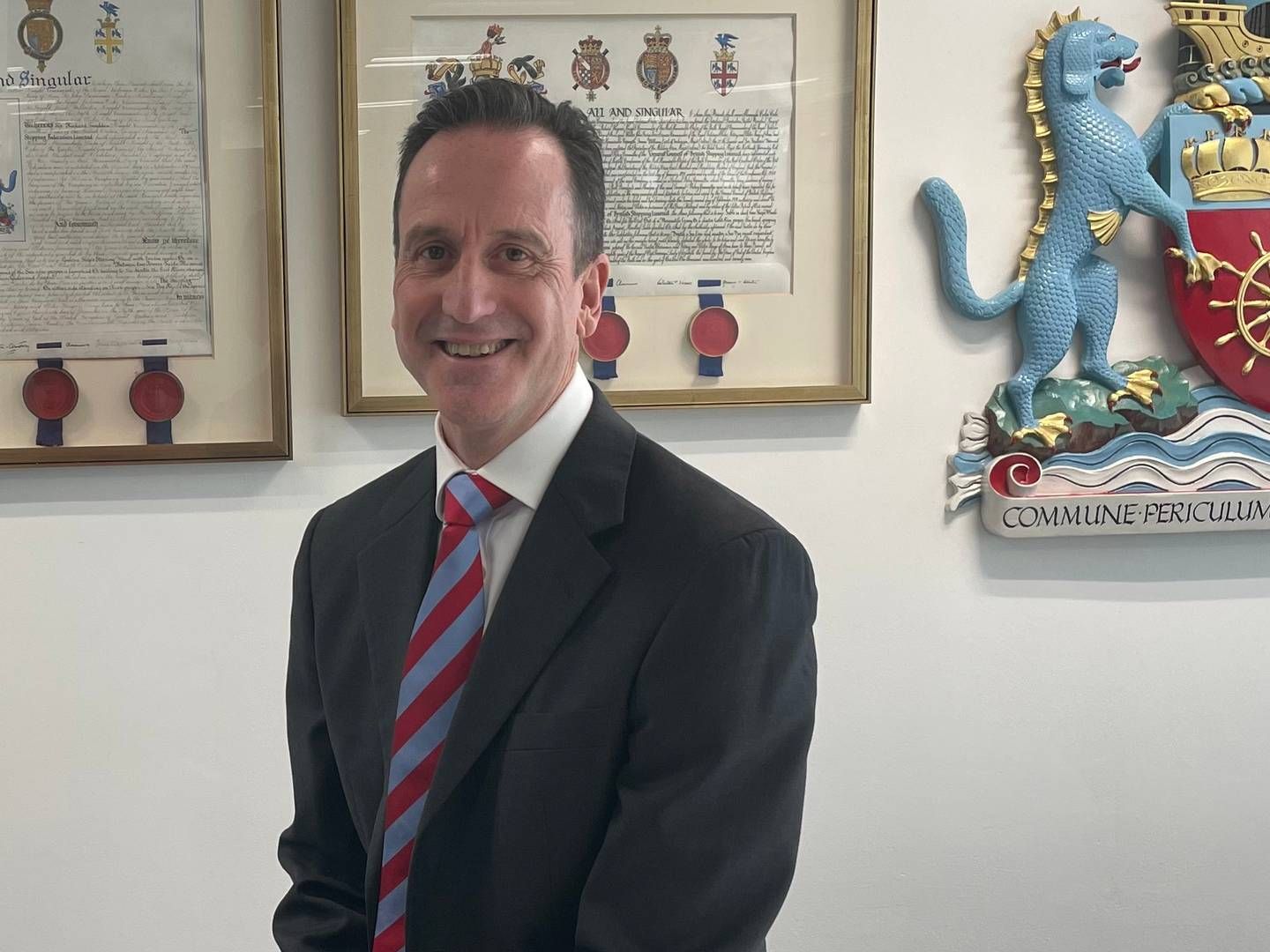Smedegaard prepared to test MSC's reliability
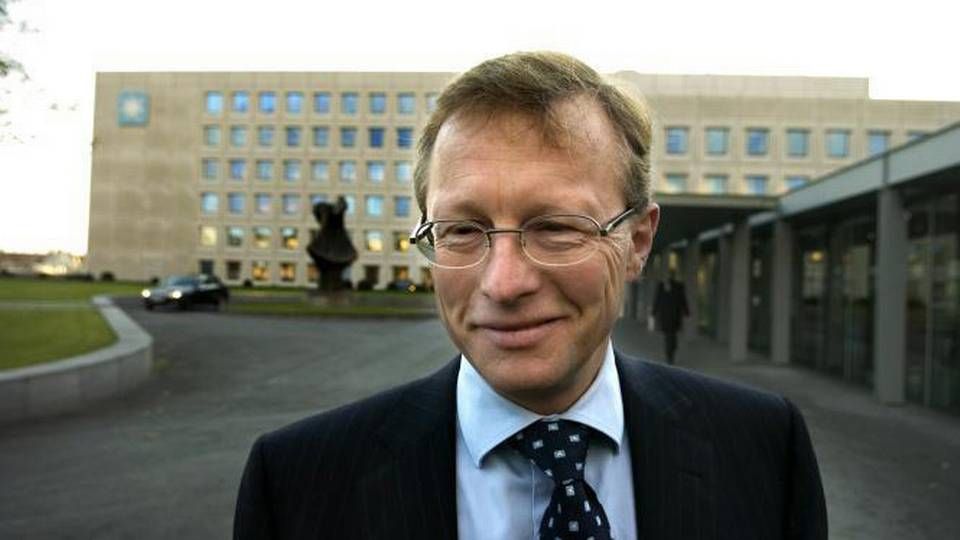
When the world's two largest container carriers, Maersk Line and Swiss MSC, launch the 2M alliance, it will also be a matter of the world's most reliable carrier working together with the carrier that most often finishes last when it comes to delivering containers on time.
The lack of schedule reliability has been characteristic of MSC in the frequent analyses of the Top 20 carriers performed monthly by SeaIntel. And the most recent analysis, from early August, confirms this scenario. There is also a lot of frustration among shippers that the ships are not arriving on time. Thus the question asked by many industry players deals with how Maersk Line will be able to maintain its leading position on schedule reliability when the carrier begins to use the container capacity on MSC's ships.
Will be put to the test
The topic has already been discussed between the two carriers, explained Maersk Group CEO Nils Smedegaard during the presentation of the 2nd quarter interim report on Tuesday:
"The service level is part of the agreement made by the two carriers, so we do expect them to comply with this. But otherwise we'll put it to the test," said Smedegaard.
The 2M alliance was created after the Chinese authorities rejected the P3 collaboration before the summer holidays. The P3 alliance also included French CMA CGM, and this carrier could be headed toward a collaboration with UASC and China Shipping (CSCL), though the carriers have yet to make any announcements. P3 was rejected by the Chinese because they felt the alliance bordered a merger. As such, 2M has been scaled down to a VSA, Vessel Sharing Agreement, where the two parties will merely use space on each other's ships.
Scrapping ships on the beaches
In addition to being far apart in terms of schedule reliability, the two carriers also differ widely in areas such as CSR and transparency. For instance, MSC frequently appears on lists of ships being scrapped on the highly criticized beaches in Bangladesh and India, where Maersk Line has a policy stating that the carrier's ships can only be scrapped at approved yards. A key issue for Maersk Line - and the Maersk Group in general - is transparency and openness in relation to the public, whereas MSC is known as the carrier that never publishes its results, and even experienced analysts fail at predicting how the carrier is doing.
So why did Maersk Line choose MSC?
"Maersk Line and MSC are a good match because we both have big ships and are big players in the market. We only have to agree with a single partner. But of course two carriers are going to have different attitudes to things," said Nils Smedegaard.
Almost the same size
The carrier expects to submit its request to have the VSA registered in the US with the US Federal Maritime Commission within the next week. China has already registered the agreement, and the EU will merely monitor the collaboration once it becomes operational. With P3, the three carriers opted to send an explanatory statement to the EU anyway, to find out whether the collaboration was sound in terms of the European competition authorities. But 2M does not plan to do this, according to ShippingWatch's sources. In addition to the "three big ones," 2M will also be registered in several other countries, though this will primarily be dealt with by the countries' maritime authorities, not the competition authorities.
The two carriers are gradually approaching the same size, with market shares of around 15-16 percent.
Maersk Line made USD 547 million in 2nd quarter
Here is an overview of the Maersk interim report
Alphaliner: Newbuildings boost capacity of container fleet
Related articles
Maersk Line made USD 547 million in 2nd quarter
For subscribers
Here is an overview of the Maersk interim report
For subscribers
Alphaliner: Newbuildings boost capacity of container fleet
For subscribers

